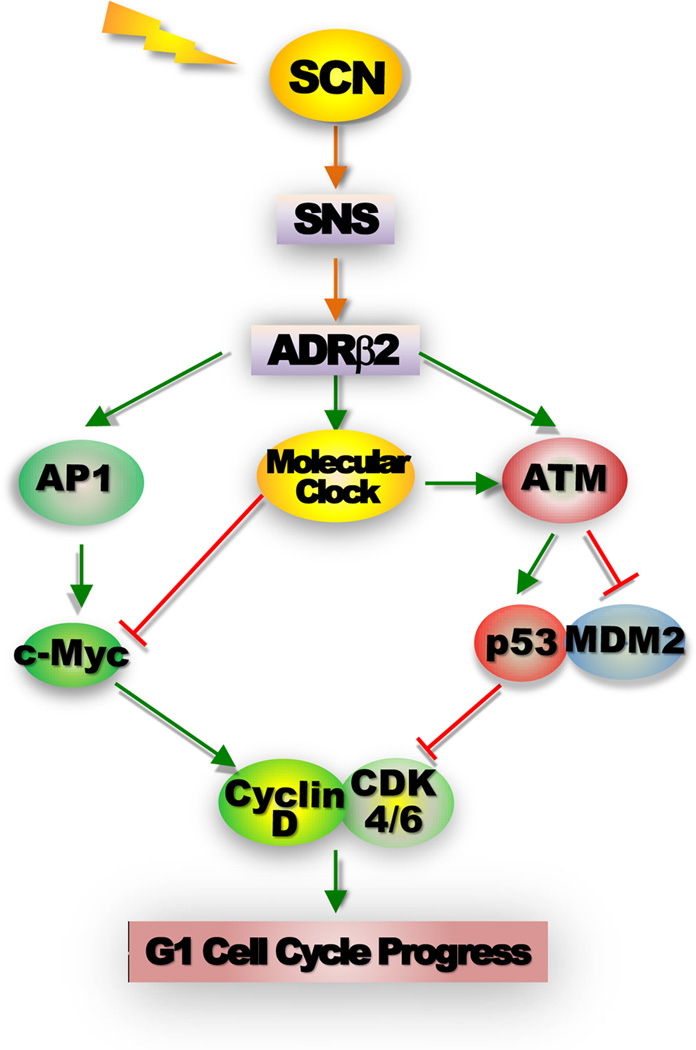Figure 4. Control of G1 cell cycle progression by the peripheral clock and the SNS.
The activation of the β-adrenergic receptor 2 (ADRβ2) by SNS signaling leads a coupled induction of Ap1 and Period genes via CREB-mediated transcriptional regulation, which in turn activates AP1-controlled Myc induction and Myc-dependent G1 cell cycle progression as well as peripheral clock that prevents Myc overexpression via BMAL1/CLOCK-mediated transcriptional regulation. The activation of ADRβ2 intracellular signaling and the peripheral clock also synergistically activate ATM, which induces p53 by blocking p53-MDM2 interaction to provide an additional mechanism for preventing MYC oncogenic activation. Disruption of the central clock-SNS-peripheral clock axis in mice by chronic jet-lag or ablation of Per genes suppresses peripheral clock activation in response to ADRβ2 activation and abolishes ATM-mediated p53 induction but had no effect on Ap1-Myc signaling. Together these events lead to uncontrolled G1 cell cycle progression and neoplastic growth of osteoblasts both in vitro and in vivo29,149.

